Why does one come to Palenque?
Salvador our local guide took us on an early morning forest walk (7 am!) where he showed us a tiny bit of the unexcavated ruins still enveloped in jungle. Just 2% has been found with ground penetrating radar. The whole area has been mapped out as to where the buildings are still hidden. It was so easy to miss it.
This 90 minute walk was a good introduction to what lay ahead of us. At least we now had a much better appreciation of the restoration work that has already been done but more importantly of the many decades if not centuries of work that still lies ahead of the locals.
Looking at the map of the whole area and what has been restored or more importantly what huge expanse that still has to be uncovered.
This is why people flock to Palenque!
It is famous for the tombs found filled with riches in honour of the renowned Lord Pakal and the Red Queen. This archaeological site houses more than 200 structures including a series of hilltop temples, towers, tombs and pyramids surrounded by steamy jungle. The most important constructions, which date back to the Classical period (400-700 AD) are the Temple of the Inscriptions, the Crypt, the Palace complex, the Temple of the Cross, the Temple of the Foliated Cross, and the Temple of the Sun.
Decorated with elaborate friezes, sculptures and inscriptions, Palenque is unquestionably one of the most important Mayan archaeological sites.
Only 150 m / 164 yd above sea level it stays at a humid 26 C / 79 F with roughly 2160 mm / 85 in of rain a year.
Palenque is a medium-sized site, much smaller than such huge sites as Tikal or Copán, but it contains some of the finest architecture, sculpture, roof comb and bas-relief carvings that the Mayas produced.
By 2005, the discovered area covered up to 2.5 km² / 1 sq mi, but it is estimated that less than 10% of the total area of the city is explored, leaving more than a thousand structures still covered by jungle.
Film crew about to film a commercial using the Palace complex as the back drop.
Misol-Ha 30 m high waterfall formed as a result of the precipitation of a river by a cliff of limestone.
The Cataratas de Agua Azul (Spanish for "Blue-water Falls") consists of over 200 small waterfalls in a series of cascades following one after another in a sequence of cascades. The larger cataracts may be as high as 6 meters / 20 feet. The water is as turquoise blue as it looks in the pictures set against a reddy orange of the bedrock. It has a high mineral content and where it falls on rocks or fallen trees encases them in a thick shell-like coating of limestone.
HIGHLIGHTS Mon 2 Dec: Palenque Mishol Ha Aqua Azul
Monday, December 02, 2013
 Palenque, Central Mexico and Gulf Coast, Mexico
Palenque, Central Mexico and Gulf Coast, Mexico
Other Entries
-
43Mezcal Distillery
Nov 275 days prior San Mateo Macuilxóchitl, Mexicophoto_camera18videocam 0comment 0
San Mateo Macuilxóchitl, Mexicophoto_camera18videocam 0comment 0 -
44Oaxacan weaving
Nov 275 days prior Teotitlán del Valle, Mexicophoto_camera32videocam 0comment 0
Teotitlán del Valle, Mexicophoto_camera32videocam 0comment 0 -
45HIGHLIGHTS Mon 27 Nov: Mt Alban, Oaxaca
Nov 275 days prior Oaxaca, Mexicophoto_camera57videocam 0comment 0
Oaxaca, Mexicophoto_camera57videocam 0comment 0 -
4611 hours of darkness - the overnight bus ride
Nov 284 days prior San Cristobal de las Casas, Mexicophoto_camera6videocam 0comment 0
San Cristobal de las Casas, Mexicophoto_camera6videocam 0comment 0 -
47San Cristóbal de las Casas - my city walking tour
Nov 293 days prior San Cristobal de las Casas, Mexicophoto_camera151videocam 0comment 1
San Cristobal de las Casas, Mexicophoto_camera151videocam 0comment 1 -
48HIGHLIGHTS Thurs 28 Nov: San Cristobal de las Casa
Nov 293 days prior San Cristobal de las Casas, Mexicophoto_camera64videocam 0comment 0
San Cristobal de las Casas, Mexicophoto_camera64videocam 0comment 0 -
49Another free day in San Cristóbal de las Casas
Nov 293 days prior San Cristobal de las Casas, Mexicophoto_camera64videocam 0comment 1
San Cristobal de las Casas, Mexicophoto_camera64videocam 0comment 1 -
50HIGHLIGHTS Fri 29 Nov: San Cristobal de las Casas
Nov 293 days prior San Cristobal de las Casas, Mexicophoto_camera19videocam 0comment 0
San Cristobal de las Casas, Mexicophoto_camera19videocam 0comment 0 -
51San Juan Chamula
Nov 302 days prior Chamula, Mexicophoto_camera63videocam 0comment 0
Chamula, Mexicophoto_camera63videocam 0comment 0 -
52Zinacantan - native or indigenous people
Nov 302 days prior Zinacantán, Mexicophoto_camera54videocam 0comment 1
Zinacantán, Mexicophoto_camera54videocam 0comment 1 -
53HIGHLIGHTS Sat 30 Nov: Chamula & Zinacantan
Dec 011 day prior San Cristobal de las Casas, Mexicophoto_camera29videocam 0comment 0
San Cristobal de las Casas, Mexicophoto_camera29videocam 0comment 0 -
54San Cristobel to Palenque
Dec 011 day prior Palenque, Mexicophoto_camera41videocam 0comment 1
Palenque, Mexicophoto_camera41videocam 0comment 1 -
55HIGHLIGHTS Sun 1 Dec: San Cristobel > Palenque
Dec 011 day prior Palenque, Mexicophoto_camera15videocam 0comment 0
Palenque, Mexicophoto_camera15videocam 0comment 0 -
567 am jungle walk
Dec 011 day prior Palenque, Mexicophoto_camera37videocam 0comment 0
Palenque, Mexicophoto_camera37videocam 0comment 0 -
57Palenque ruins
Dec 02earlier that day Palenque , Mexicophoto_camera87videocam 0comment 0
Palenque , Mexicophoto_camera87videocam 0comment 0 -
58Mishol Ha waterfall
Dec 02earlier that day Palenque, Mexicophoto_camera18videocam 0comment 0
Palenque, Mexicophoto_camera18videocam 0comment 0 -
59Aqua Azul waterfalls / cascades
Dec 02earlier that day Agua Azul, Mexicophoto_camera45videocam 0comment 0
Agua Azul, Mexicophoto_camera45videocam 0comment 0 -
60HIGHLIGHTS Mon 2 Dec: Palenque Mishol Ha Aqua Azul
Dec 02 Palenque, Mexicophoto_camera81videocam 0comment 0
Palenque, Mexicophoto_camera81videocam 0comment 0 -
61Palenque to Merida
Dec 031 day later Merida, Mexicophoto_camera59videocam 0comment 0
Merida, Mexicophoto_camera59videocam 0comment 0 -
62HIGHLIGHTS Tues 3 Dec: Palenque > Merida
Dec 031 day later Mérida, Mexicophoto_camera28videocam 0comment 0
Mérida, Mexicophoto_camera28videocam 0comment 0 -
63Cenotes - deep down into the bowels of the earth
Dec 042 days later Cuzamá, Mexicophoto_camera85videocam 0comment 0
Cuzamá, Mexicophoto_camera85videocam 0comment 0 -
64HIGHLIGHTS Wed 4 Dec: Cenotes, Merida
Dec 053 days later Merida, Mexicophoto_camera30videocam 0comment 0
Merida, Mexicophoto_camera30videocam 0comment 0 -
65Chichen Itza
Dec 053 days later Chichen Itza, Mexicophoto_camera149videocam 0comment 1
Chichen Itza, Mexicophoto_camera149videocam 0comment 1 -
66HIGHLIGHTS Thurs 5 Dec: Chichen Itza
Dec 053 days later Chichén Itzá, Mexicophoto_camera56videocam 0comment 0
Chichén Itzá, Mexicophoto_camera56videocam 0comment 0 -
67Cancun & Speedy Gonzales along Boulevard Kukulkan
Dec 064 days later Cancun, Mexicophoto_camera65videocam 0comment 0
Cancun, Mexicophoto_camera65videocam 0comment 0 -
68Isla Mujeres
Dec 064 days later Isla Mujeres, Mexicophoto_camera88videocam 0comment 0
Isla Mujeres, Mexicophoto_camera88videocam 0comment 0 -
69HIGHLIGHTS Fri 6 Dec: Cancun & Isla Mujeres
Dec 064 days later Cancun, Mexicophoto_camera50videocam 0comment 0
Cancun, Mexicophoto_camera50videocam 0comment 0 -
70Maya / Toltec ruins of Tulúm
Dec 075 days later Playa del Carmen, Mexicophoto_camera85videocam 0comment 0
Playa del Carmen, Mexicophoto_camera85videocam 0comment 0 -
71HIGHLIGHTS Sat 7 Dec: Tulum & Playa del Carmen
Dec 075 days later Playa del Carmen, Mexicophoto_camera12videocam 0comment 0
Playa del Carmen, Mexicophoto_camera12videocam 0comment 0 -
72GO SLOW Caye Caulker
Dec 086 days later Caye Caulker, Belizephoto_camera61videocam 0comment 0
Caye Caulker, Belizephoto_camera61videocam 0comment 0 -
73HIGHLIGHTS Sun 8 Dec: Mexico > Belize
Dec 086 days later Caye Caulker, Belizephoto_camera29videocam 0comment 0
Caye Caulker, Belizephoto_camera29videocam 0comment 0 -
74Sharks, Sting rays & Turtles
Dec 097 days later Caye Caulker, Belizephoto_camera83videocam 0comment 0
Caye Caulker, Belizephoto_camera83videocam 0comment 0 -
75HIGHLIGHTS Mon 9 Dec: Caye Caulker snorkelling
Dec 097 days later Caye Caulker, Belizephoto_camera33videocam 0comment 0
Caye Caulker, Belizephoto_camera33videocam 0comment 0 -
76"GO SLOW” Caye Caukler to San Ignacio
Dec 108 days later San Ignacio, Belizephoto_camera67videocam 0comment 2
San Ignacio, Belizephoto_camera67videocam 0comment 2 -
77HIGHLIGHTS Tues 10 Dec: Caye Caulker > San Ignacio
Dec 108 days later San Ignacio, Belizephoto_camera29videocam 0comment 0
San Ignacio, Belizephoto_camera29videocam 0comment 0 -
78Green Iguana Conservation Project - San Ignacio
Dec 119 days later San Ignacio, Belizephoto_camera93videocam 0comment 0
San Ignacio, Belizephoto_camera93videocam 0comment 0

 Palenque, Central Mexico and Gulf Coast, Mexico
Palenque, Central Mexico and Gulf Coast, Mexico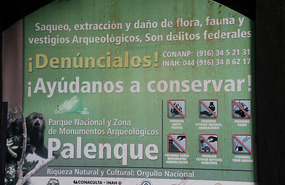
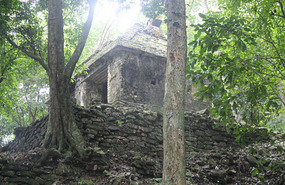

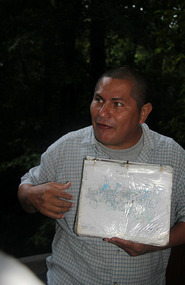
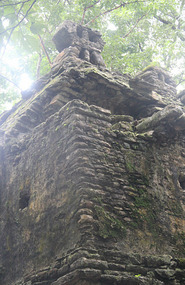

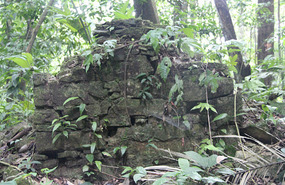
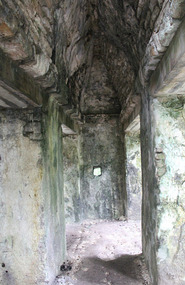
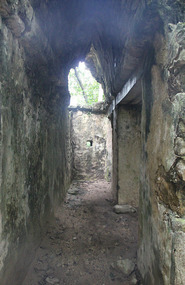
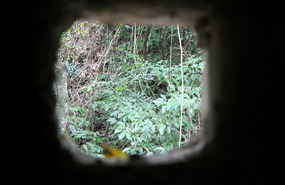
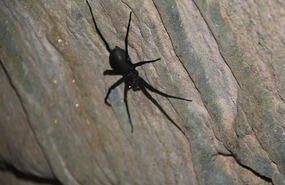
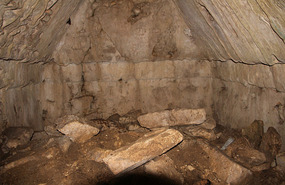
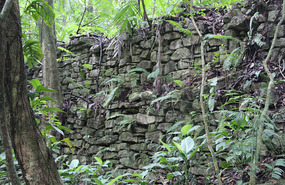
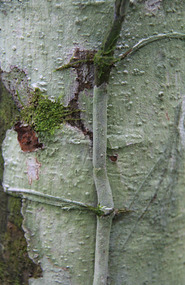
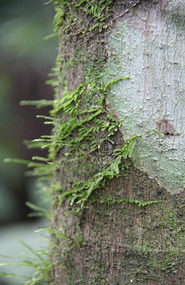
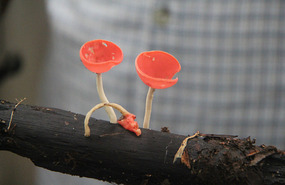

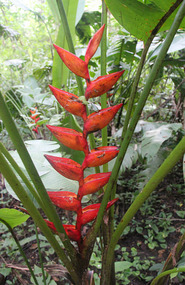
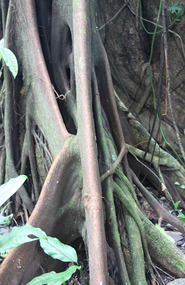

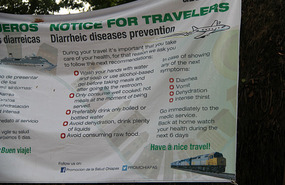
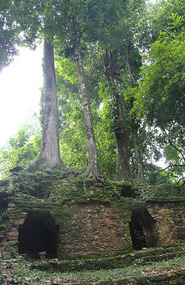
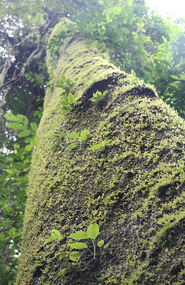
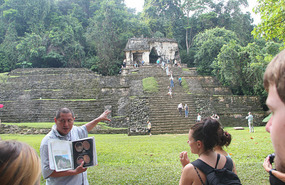
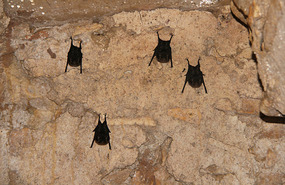
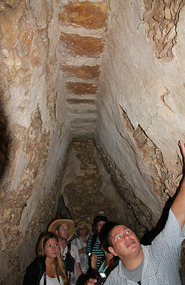
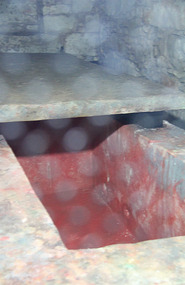
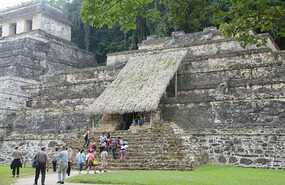
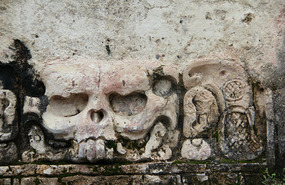
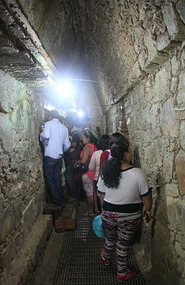
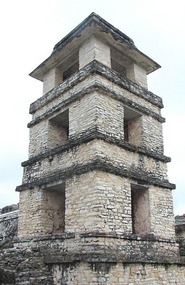
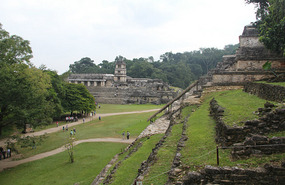

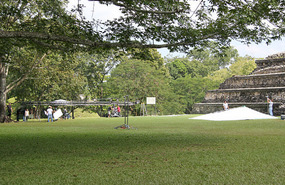
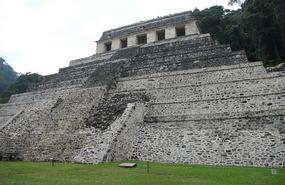
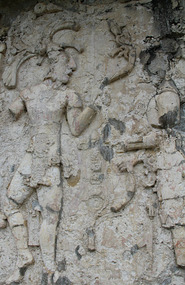
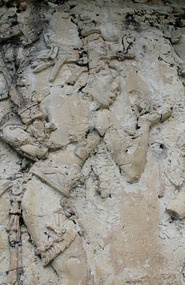
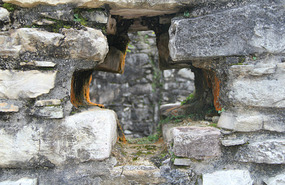
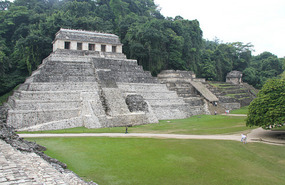
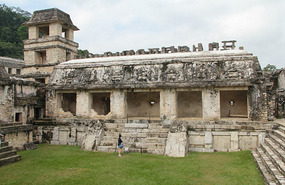
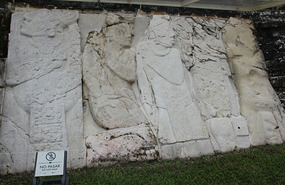
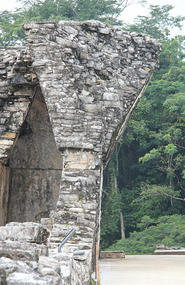
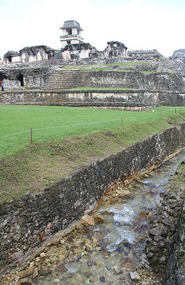
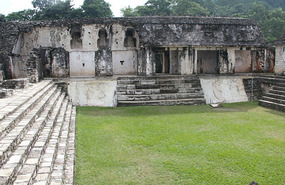
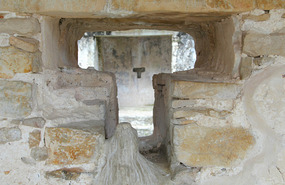
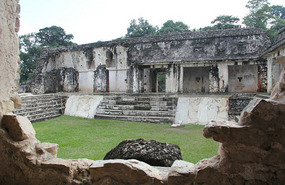
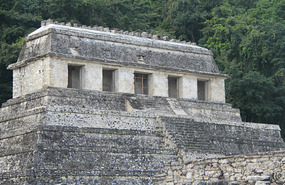
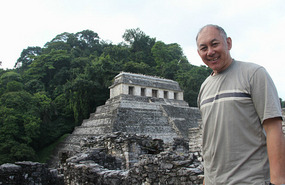
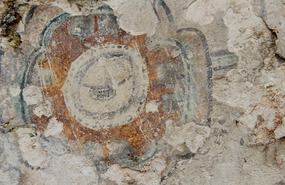
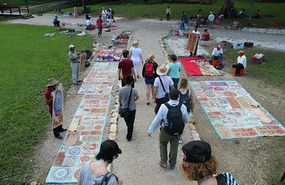
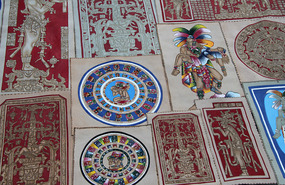

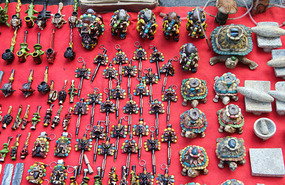

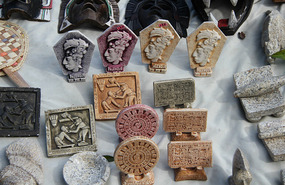
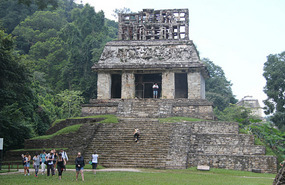
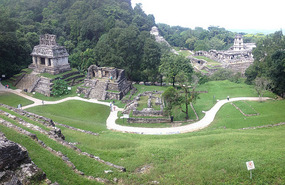
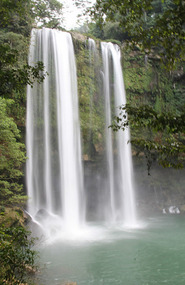
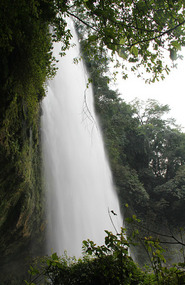
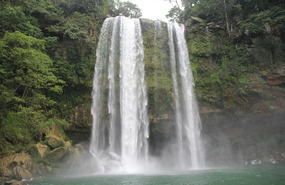
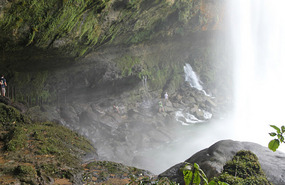
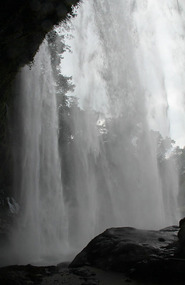
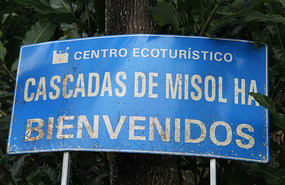
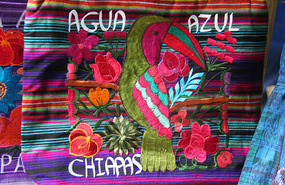
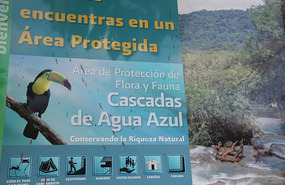
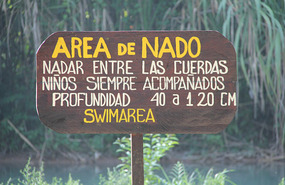


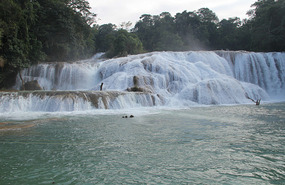
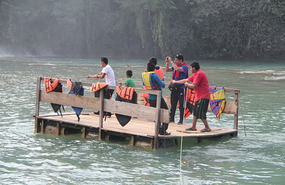

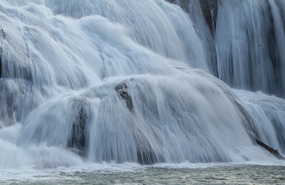
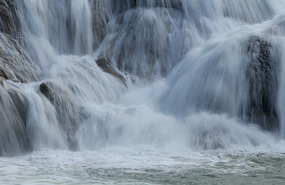
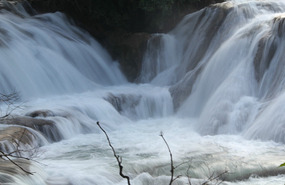
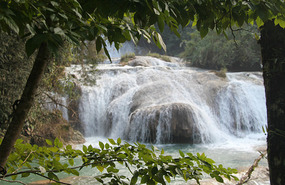
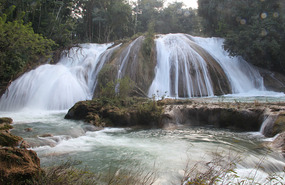
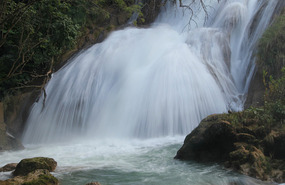
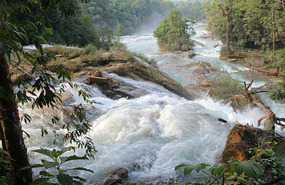
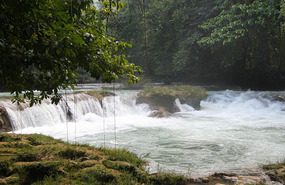
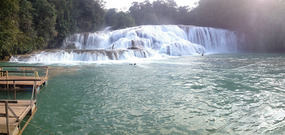
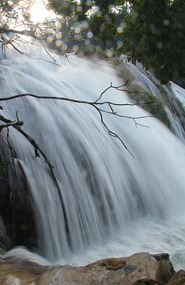


2025-05-22